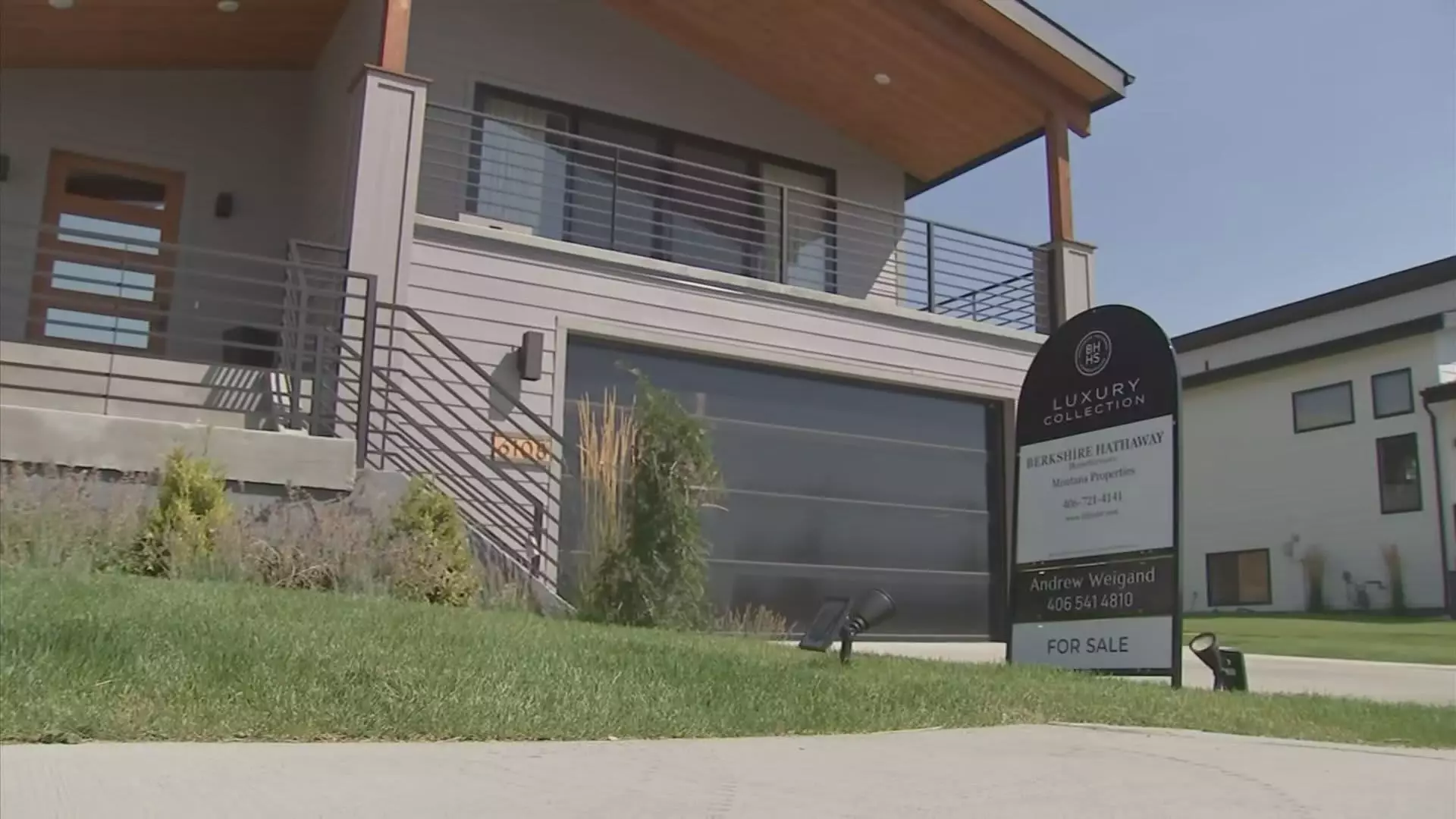The landscape of homeownership in the United States is undergoing a seismic shift that threatens the traditional pathway for first-time buyers. As the spring of 2025 approaches, prospective homeowners face a dwindling selection of starter homes, fundamentally reshaping their dreams of property ownership. What once served as the quintessential entry point into real estate—a modest abode for new families or individuals—is now alarmingly rare. The very essence of a starter home, typically defined as a residence under 1,400 square feet, has become a ghostly memory in many markets across the country.
Census Bureau data reveals that only 9% of newly constructed homes in 2023 fell under the traditional size definition of a starter home. This marks a dramatic plunge from 1982, when approximately 40% of new residential constructions were starter homes. The question arises—what has caused such a significant decline in the availability of these homes? Experts highlight restrictive zoning laws as a primary culprit, limiting the types of homes that can be built and where they can be located, thus exacerbating the affordability crisis for buyers.
The Impact of Local Regulation
Zoning laws, often established at the local government level, play a pivotal role in determining the viability of starter homes in any given community. These regulations can impose stringent requirements on property size, type, and usage, effectively curbing any potential growth in affordable housing options. This bureaucratic rigidity not only stifles innovation among builders but also increases the overall cost of new constructions—pushing homeownership further out of reach for potential buyers.
According to Sam Khater, the chief economist at Freddie Mac, builders are often constrained by escalating construction expenses, making it economically unfeasible to develop affordable housing. “They are just simply unable to build, or it’s become so expensive to build that they can only focus on high-end properties,” he asserts. This sharp shift in the housing market dynamics signals a critical problem: without affordable options, how can future generations achieve homeownership?
Escalating Costs and a Shrinking Supply
Compounding the issue of dwindling starter homes is the steep rise in home prices. Data from the S&P CoreLogic Case-Shiller U.S. National Home Price Index reveals a staggering 52% increase in home prices nationally from January 2020 to October 2024. Homebuilders are grappling not only with escalating material and labor costs—which have risen by approximately 50% over the last decade—but also with soaring land prices that have ballooned two and a half times during that same period.
Selma Hepp, chief economist at CoreLogic, emphasizes that these escalating costs create an environment where developers are often discouraged from building homes that the average American can afford. Moreover, the lingering impact of the 2007-2008 housing crash has compounded these challenges by leading to a significant consolidation within the homebuilding industry, which, in turn, diminished the overall capacity for new constructions.
As the crisis persists, an unsettling demographic shift is also taking place within first-time homebuyers. The median age of these buyers has spiked to 38 years—an unprecedented high compared to the average age of 29 in 1981. This significant delay in homeownership reflects not only economic pressures but also changing societal norms regarding family formation and property investment.
The current market presents an unusual paradox: while there exists an all-time low of first-time buyers, there is simultaneously a record high of all-cash purchases by investors. This phenomenon further complicates the landscape, as cash buyers often outbid first-time buyers who rely on financing, thereby exacerbating the already steep barriers to entry.
The discourse surrounding starter homes must evolve to address these pressing challenges. It warrants a collective response that includes reforming zoning laws, incentivizing the construction of affordable housing, and fostering a market conducive to first-time buyers. As we navigate this complex housing landscape, it becomes increasingly critical to cultivate a more inclusive real estate market that allows future generations to realize their dreams of homeownership. Ultimately, the fate of starter homes in America will determine the opportunities available to countless individuals, influencing the fabric of society itself.

